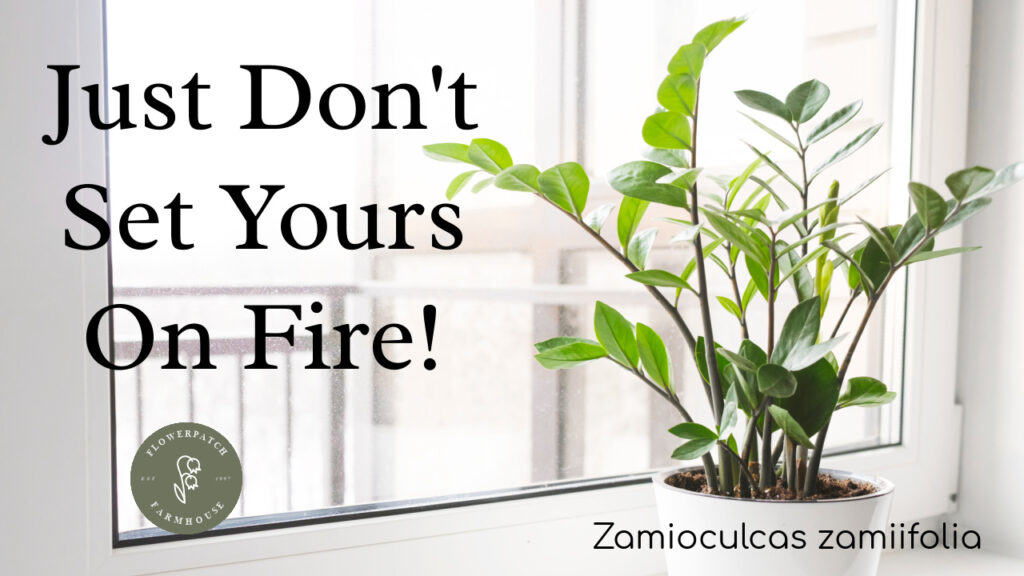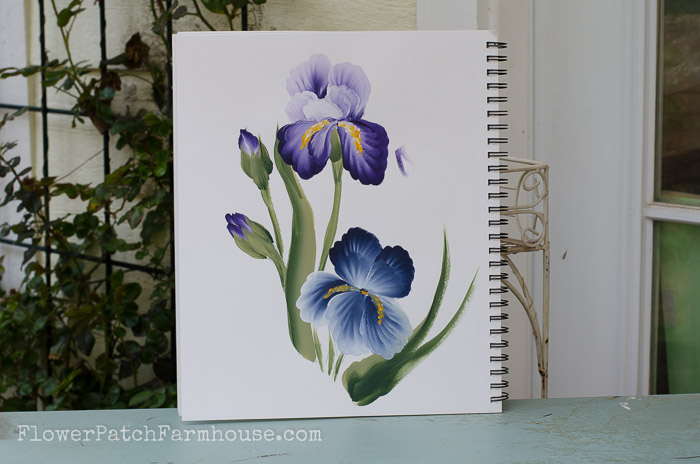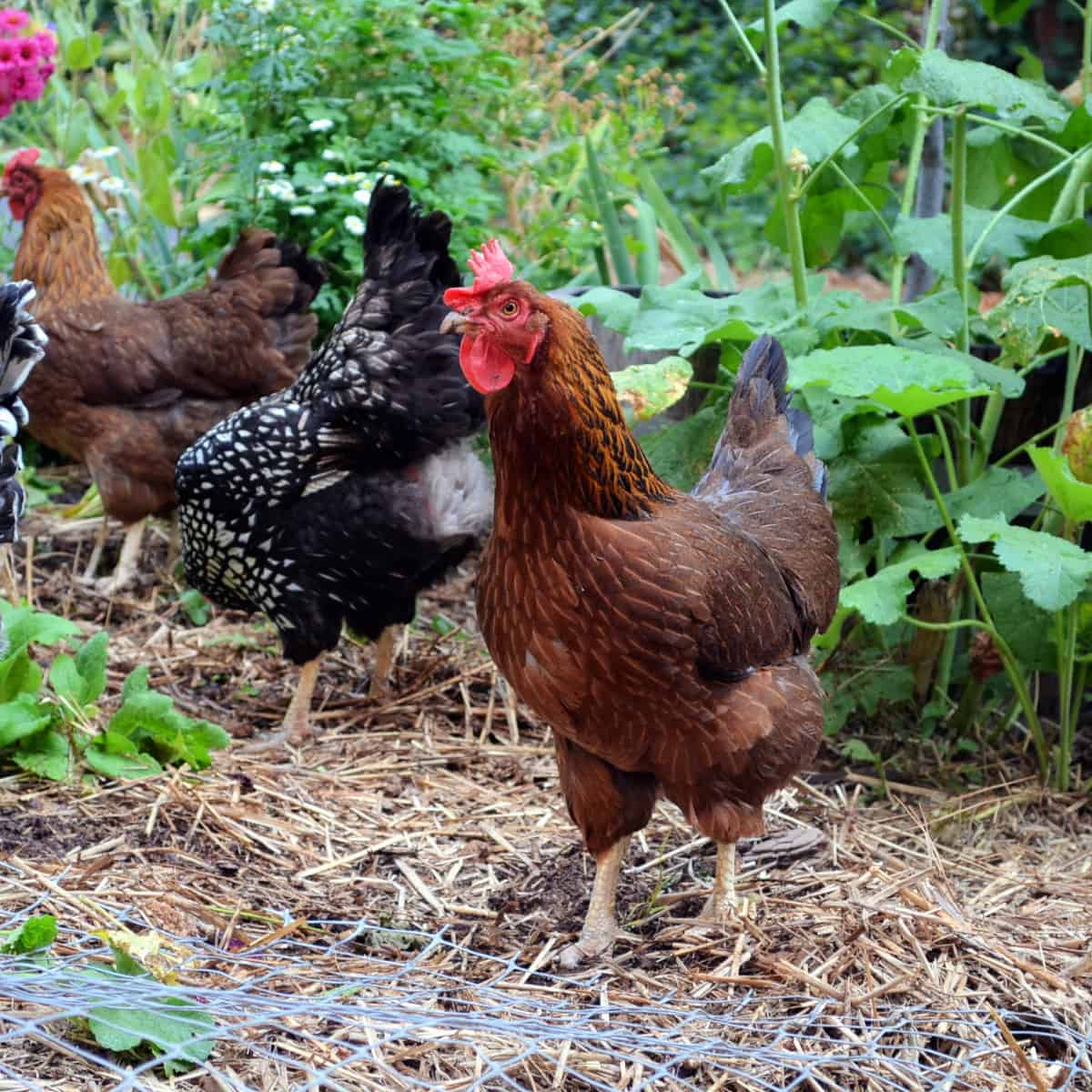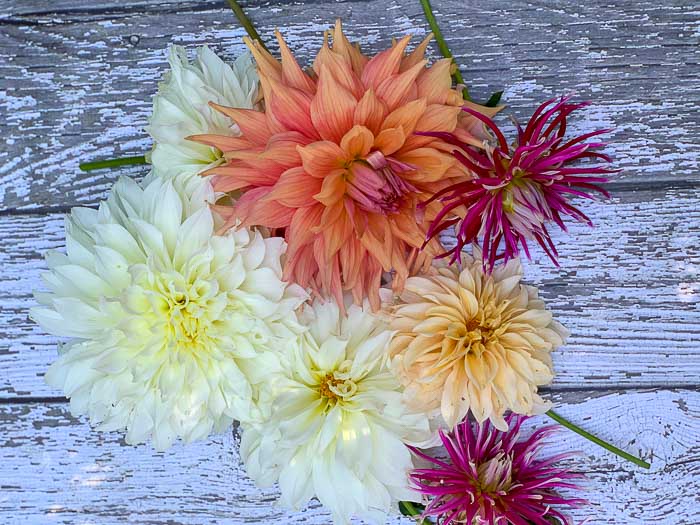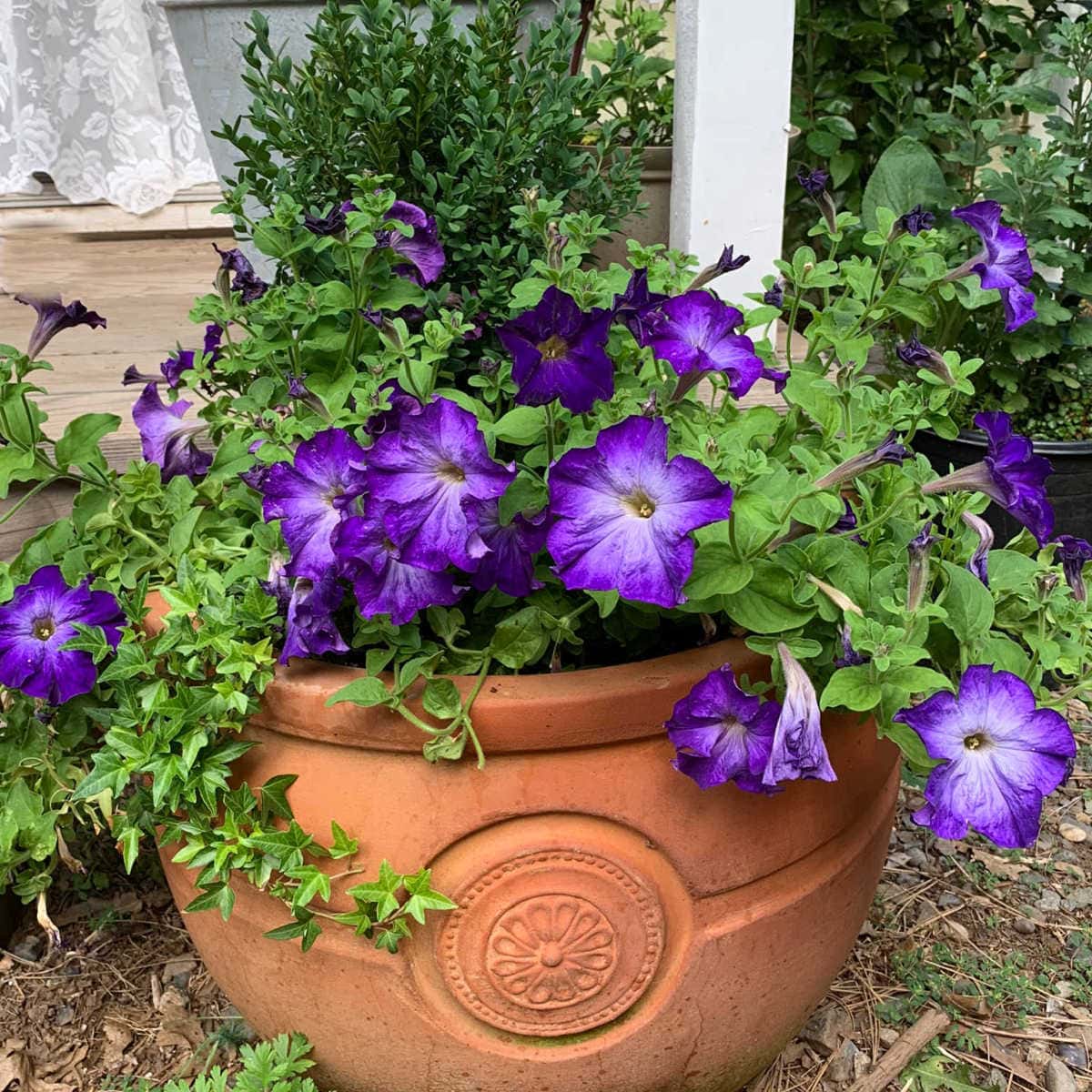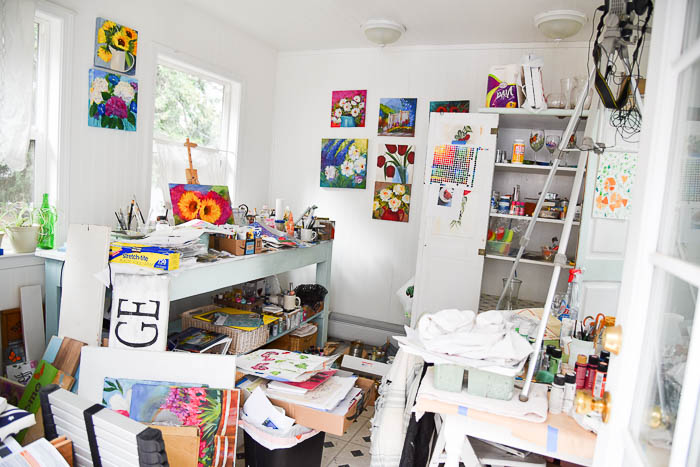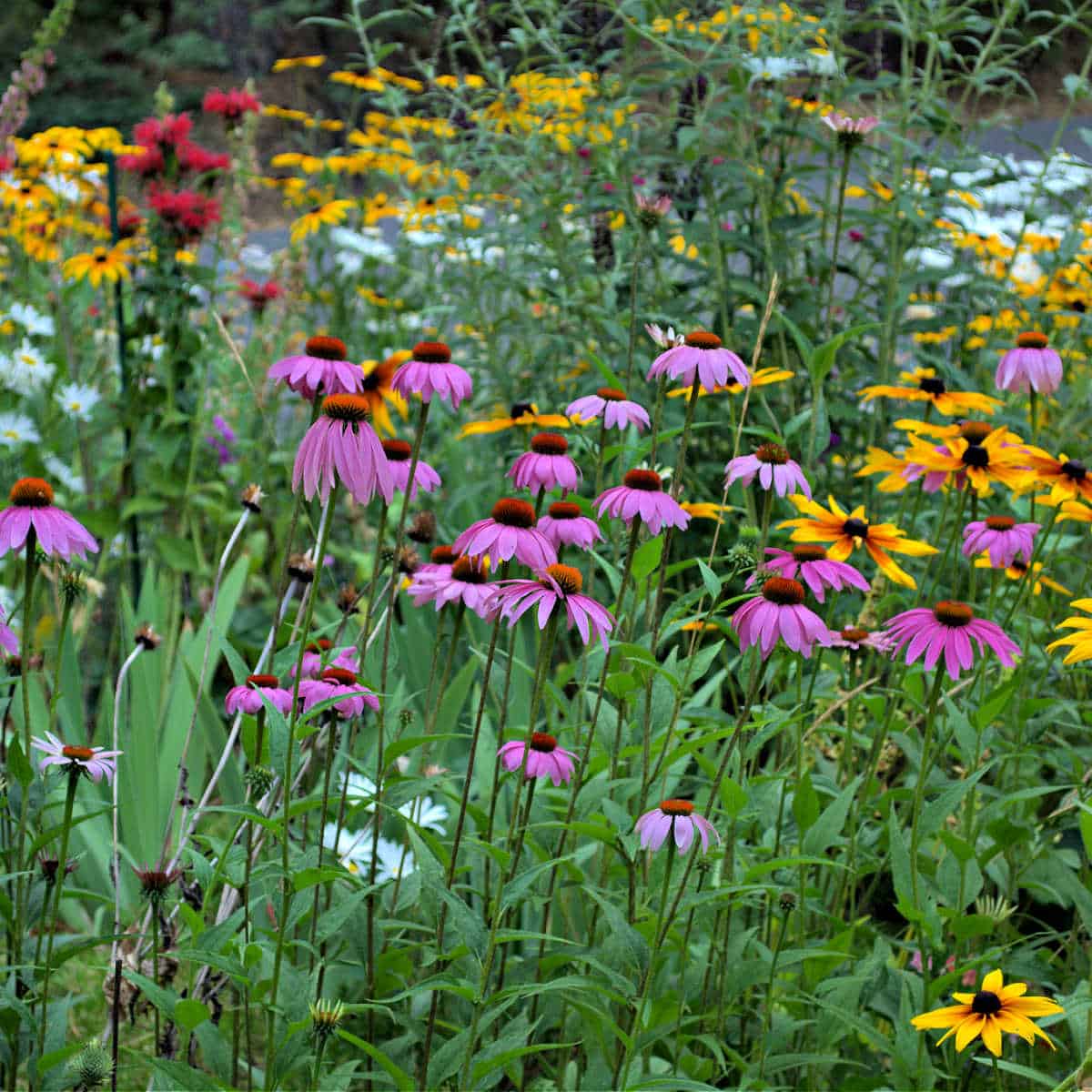Zamioculcas
Enjoy the Beauty and Durability of Zamioculcas: A Guide to the ZZ Plant
Let’s discover why you should consider Zamioculcas aka ZZ plant and learn how easy it is to grow! Low-maintenance houseplant for beginners!
In the world of indoor gardening, one plant has been steadily gaining popularity for its striking appearance and tough disposition—the Zamioculcas zamiifolia, commonly known as the ZZ plant. (others know it as Zanzibar Gem)
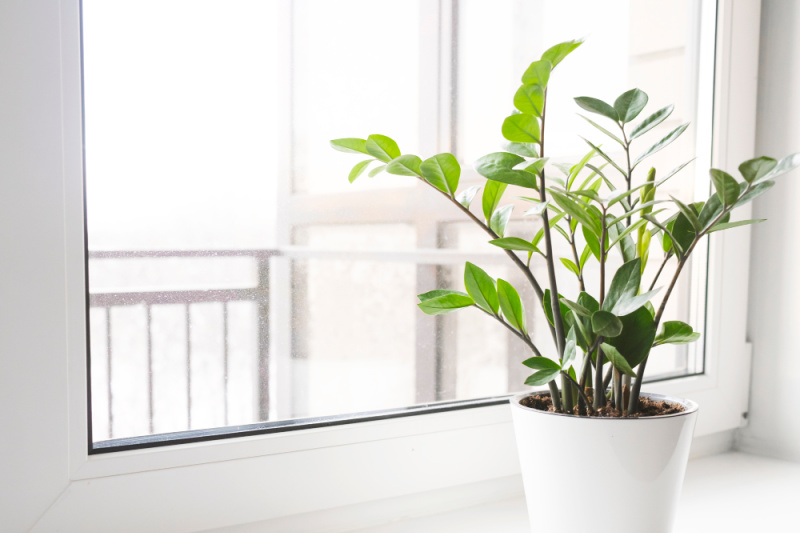
This post contains affiliate links. If you make a purchase after clicking a link I may make a small commission at no cost to you.
Hailing from the arid regions of East Africa, this low-maintenance beauty has become a favorite among indoor plant lovers and beginners alike. Want a tough yet gorgeous houseplant to add to your collection?
Let’s discover why you should consider Zamioculcas aka ZZ plant and learn how easy it is to grow!
The Botanical Marvel: Zamioculcas Zamiifolia
Origins and Habitat:
Zamioculcas, often referred to as the ZZ plant or Zanzibar Gem, is native to the drought-prone areas of Eastern Africa, particularly Zanzibar, Tanzania, and Kenya. Its ability to thrive in harsh conditions has made it a favorite houseplant of mine because of its ability to survive neglect.
Appearance:
One of the most distinctive features of the ZZ plant is its glossy, dark green leaves. Each leaf consists of multiple leaflets arranged along a central stem, creating an almost feather-like appearance. The plant’s overall structure can be kept compact and upright, making it a versatile addition to various indoor spaces.
Why Choose Zamioculcas?
Low Maintenance:
For busy individuals or those who prefer low-maintenance houseplants, the Zamioculcas aka ZZ plant is a dream come true. It is known for its ability to tolerate neglect and survive in low-light conditions.
This hardy plant is an excellent choice for anyone seeking a touch of nature without the demanding care requirements often associated with indoor plants.
Another nickname for this tough beauty is the Survivor Plant. The tuberous roots or rhizomes can hold water for a very long time and thus will tolerate you forgetting to water.
Air-Purifying Qualities:
Beyond its aesthetic appeal, the ZZ plant contributes to a healthier indoor environment. Like many other houseplants, it has been suggested that Zamioculcas has the ability to purify the air by removing toxins such as benzene, formaldehyde, and xylene. This makes it a valuable asset in homes and offices where air quality is a concern.
This is a debated topic, many claim houseplants do little to remove toxins from the air.
all the best garden tips and tricks!
Clear the Air with Houseplants!
Propagation and Growth:
Propagation of the ZZ plant is relatively straightforward. It can be propagated through leaf or stem cuttings, making it one option for those looking to expand their plant collection. The plant’s slow growth rate is an advantage for those who prefer a more manageable size or have limited space.
- Division: As the ZZ plant matures, it develops rhizomes, which are thick underground stems that store water. To propagate through division, carefully remove the plant from its pot, separate the rhizomes into sections, each containing a healthy shoot and root system, and replant them in individual pots. See video here!
- Rhizome Cuttings: Similar to division, you can take rhizome cuttings by carefully cutting a healthy rhizome section with a sharp, clean knife. Ensure the cutting has at least one shoot and some roots. Plant the cutting in a new pot with well-draining soil, and it should root and grow into a new ZZ plant.
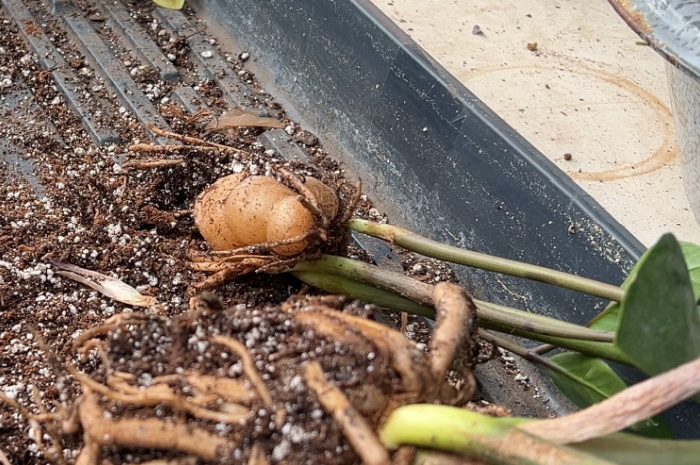
Caring for Your ZZ Plant
Light:
While the ZZ plant can tolerate low-light conditions, it thrives in bright indirect light. Position it near a window but avoid exposing it to direct sunlight, as this can scorch the leaves or create black spots on the stems.
I can put mine in south-facing windows during the winter months as the sun is not strong and is mostly behind tall trees.
Watering:
The ZZ plant’s ability to store water in its rhizomes allows it to withstand periods of drought. Overwatering, which causes root rot, is a common pitfall, so it’s best to let the soil dry out between waterings. This plant is a true survivor and can bounce back even if you forget to water it for a while.
Overwatering is often the primary reason many fail with houseplants, so grab a moisture meter to test the soil before each watering to prevent making that mistake.
This is the one I use: Moisture Meter
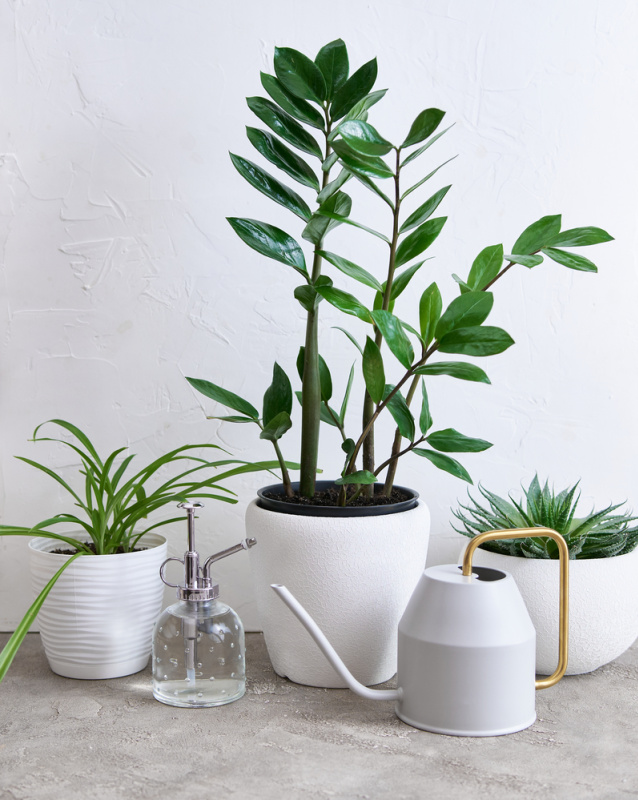
Soil and Potting:
Well-draining soil is crucial for ZZ plant care. A standard potting mix with added perlite or sand works well. Ensure that the pot has drainage holes to prevent waterlogging.
I rely on a good quality potting mix and rarely add anything else to it. If you prefer you could also use a cactus potting mix.
Whether you call it a Zamioculcas zamiifolia, a ZZ plant, or Zanzibar Gem, this plant is a testament to the beauty and resilience that can thrive within the confines of a pot.
Its ability to survive neglect and minimal care makes it an ideal houseplant for plant addicts across the board, beginner or experienced.
Whether brightening a living room, bedroom, or office space, the ZZ plant brings a touch of natural elegance to any environment. Embrace the ease of care and sophistication of Zamioculcas, and discover the joy of cultivating a green retreat within your home.
Happy Indoor Gardening!
